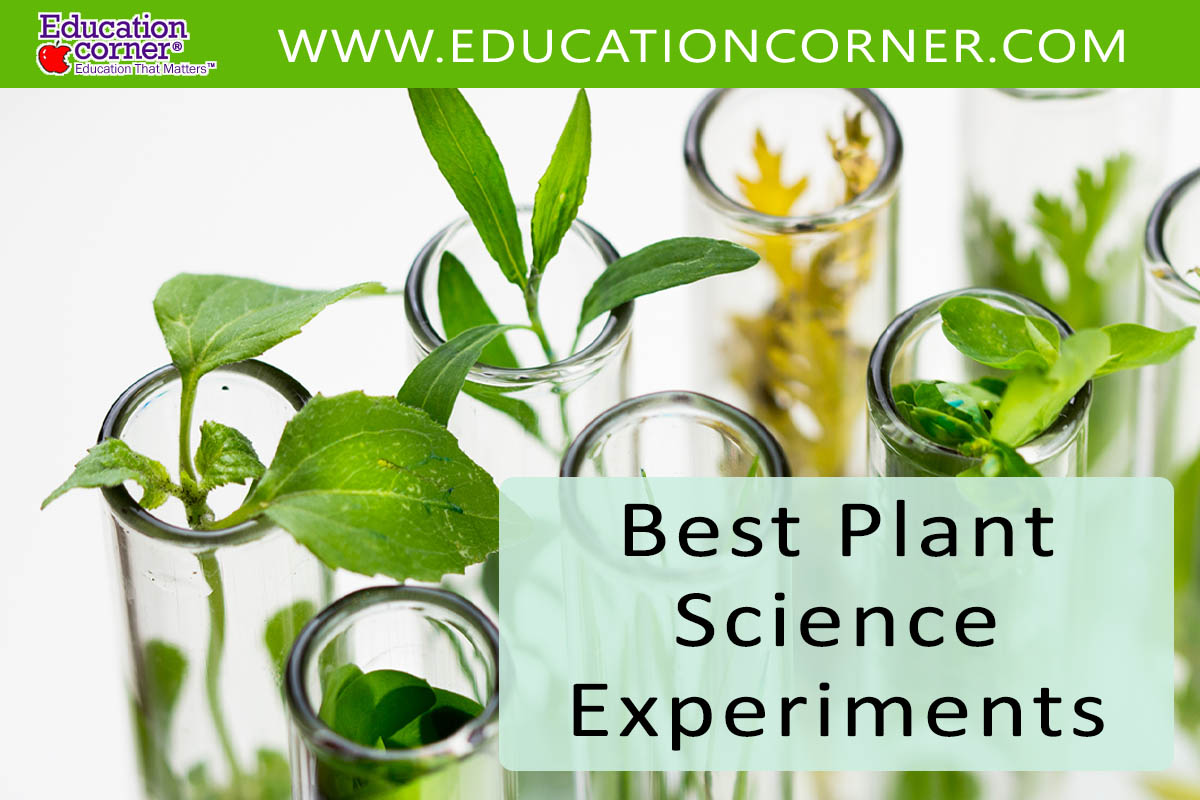Join us as we embark on a journey of scientific exploration, unveiling the wonders of plant life one experiment at a time.
We have selected the best plant-related science experiments for this collection. These hands-on, educational activities are suitable for students of all age groups and not only satiate our curiosity about the natural world but also anchor our understanding of ecology and biology.
Let’s get started, and hopefully, this botanical journey will inspire a lifelong appreciation for the marvels of mother nature.
1. Grow Your Own Plants
This experiment offers an immersive learning experience, allowing students to witness firsthand the stages of plant growth, understand the requirements for healthy development, and observe the effects of various environmental factors.
2. Chlorophyll Paintings
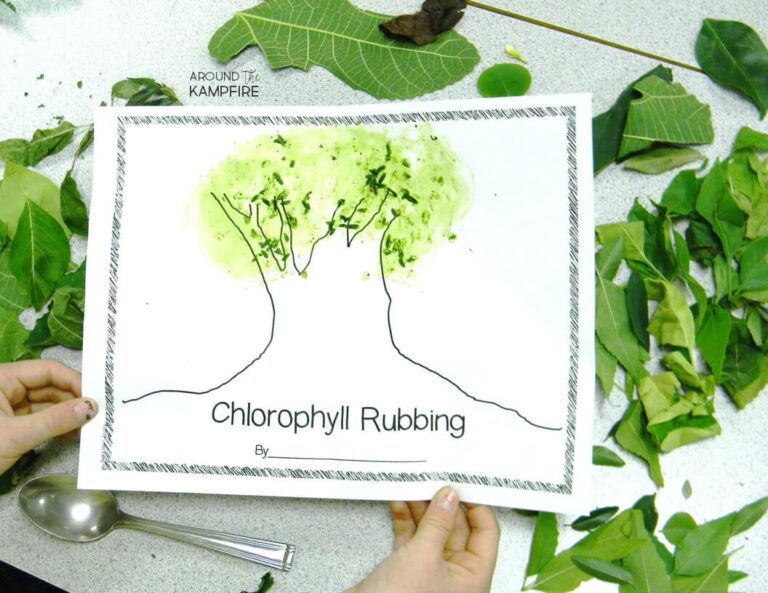
“Chlorophyll Paintings” offers an innovative and artistic approach to plant science experimentation that both students and teachers should explore.
This unique experiment combines the worlds of biology and art, allowing participants to create captivating masterpieces while exploring the wonders of chlorophyll, the pigment responsible for a plant’s green color.
Learn more: Chlorophyll Paintings
3. Color Changing Flowers
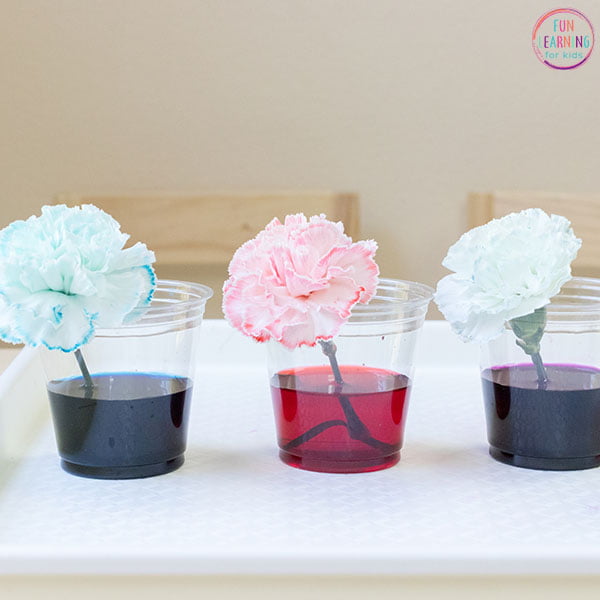
This experiment provides an excellent opportunity to explore the process of water uptake in plants and how it affects the distribution of pigments within the flowers.
Learn more: Color Changing Flowers
4. Low-Prep Flower Dissection
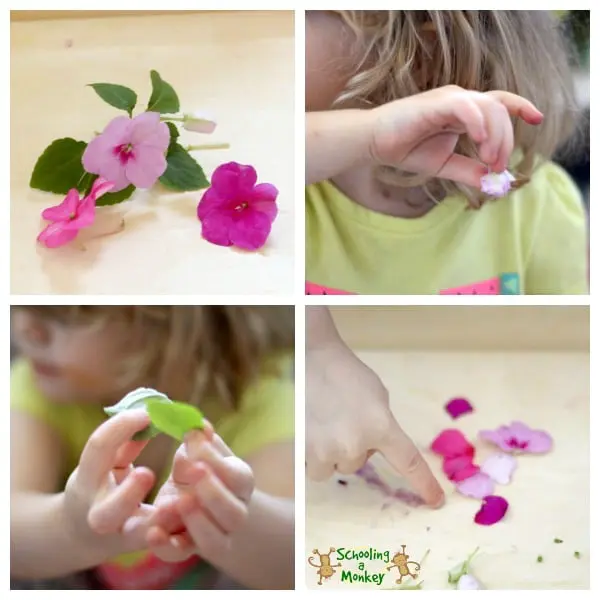
“Low-Prep Flower Dissection” presents an accessible and engaging plant science experiment that is ideal for both students and teachers seeking hands-on learning experiences with minimal preparation.
This experiment offers a fascinating glimpse into the intricate anatomy of flowers and the functions of their various parts.
Learn more: Low-Prep Flower Dissection
5. Acid Rain Science
“Acid Rain Science” presents an impactful and relevant plant science experiment that offers valuable insights into the environmental effects of acid rain.
Students and teachers should engage in this experiment to understand the detrimental consequences of pollution on plant life and ecosystems.
6. Reveal a Plant’s Vascular System
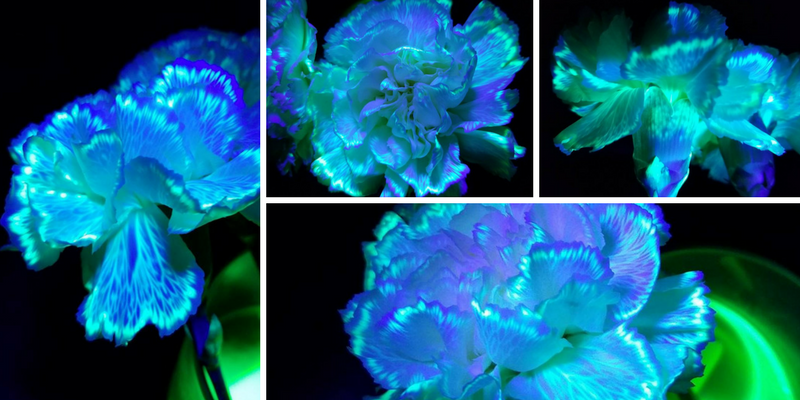
“Reveal a Plant’s Vascular System” offers an exciting and enlightening plant science experiment that allows students and teachers to explore the hidden wonders of a plant’s circulatory system.
Learn more: Reveal a Plant’s Vascular System
7. Make Oxygen at Home
Through the process of photosynthesis, plants convert carbon dioxide into oxygen, a vital component for supporting life on Earth.
This experiment offers a unique opportunity to understand the connection between plants, photosynthesis, and the oxygen we breathe.
8. How Water Travels Through Leaves
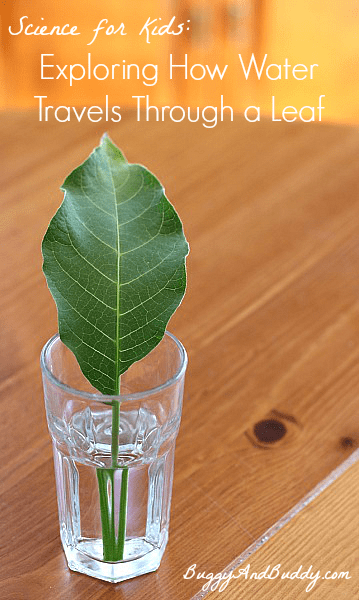
Students and teachers should engage in this experiment to gain a deeper understanding of how plants absorb and distribute water, while also exploring the concepts of transpiration and the importance of water in plant survival.
Learn more: How Water Travels Through Leaves
9. Growing a Bean Plant
By following simple steps, participants can cultivate their own bean plants and observe the stages of germination, root development, and leaf growth.
This experiment offers an excellent opportunity to explore plant anatomy, photosynthesis, and the importance of environmental factors for healthy plant growth.
10. Easy Seed Sprouting
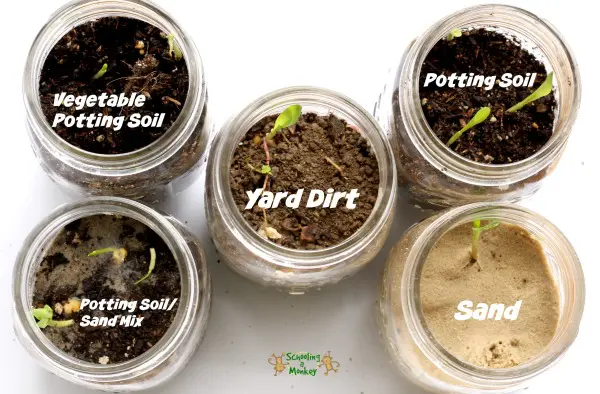
“Easy Seed Sprouting” offers a simple yet rewarding plant science experiment that students and teachers should embrace to witness the wonder of seed germination and plant growth.
Learn more: Easy Seed Sprouting
11. Leaf Color Chromatography
By conducting this experiment, participants can explore the fascinating world of pigments and chromatography, gaining a deeper understanding of the diverse hues present in plant leaves.
12. How to Revive Any Dying Plant
This experiment offers a hands-on opportunity to understand the factors influencing plant health and to develop skills in plant care and problem-solving.
By exploring various techniques such as adjusting watering schedules, providing appropriate light exposure, and optimizing soil conditions, participants can revive and rejuvenate struggling plants.
13. Make Your Own Fun Light Maze for Plants
By constructing a maze using various light sources, participants can investigate how plants respond to different light conditions and orientations.
14. How Plants Breathe
By engaging in this experiment, participants can gain a deeper understanding of how plants exchange gases and respire, just like humans and animals.
Through this experiment, students will discover the importance of oxygen and carbon dioxide in plant metabolism and growth.
15. The Color-Changing Celery Experiment
This experiment provides a unique opportunity to witness the movement of water and the transportation of pigments through the xylem vessels of celery stalks.
16. Growing Seeds in Eggshells
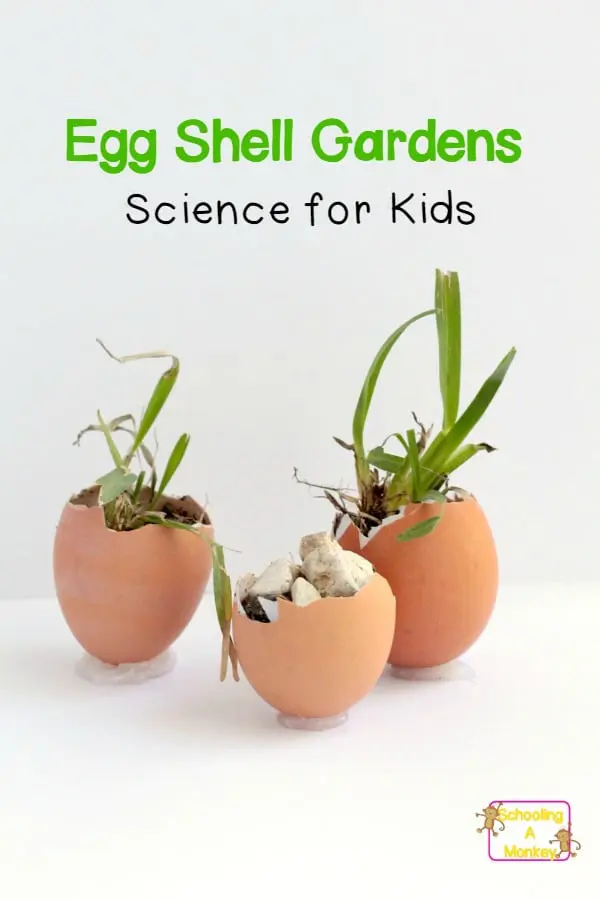
This experiment not only promotes sustainable practices by repurposing waste materials but also provides an opportunity to explore the principles of seed germination, root development, and plant nutrition.
Learn more: Growing Seeds in Eggshells
17. Make a 3D Flower Model with Parts
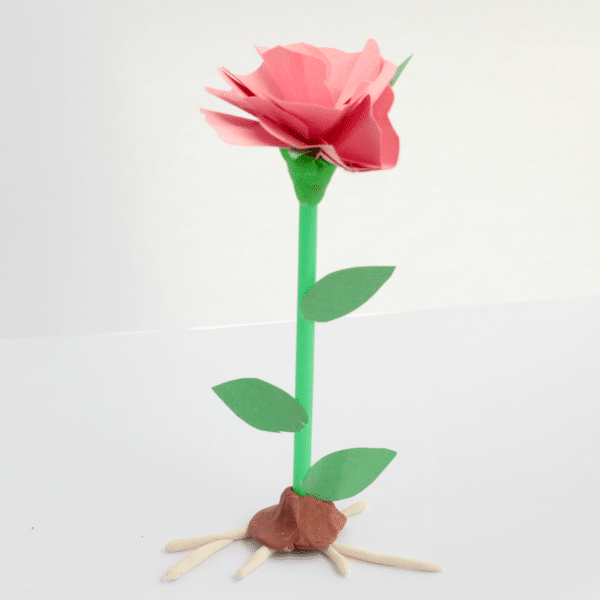
By constructing a three-dimensional model using various materials, participants can explore the different parts of a flower and their functions.
Learn more: Make a 3D Flower Model with Parts

